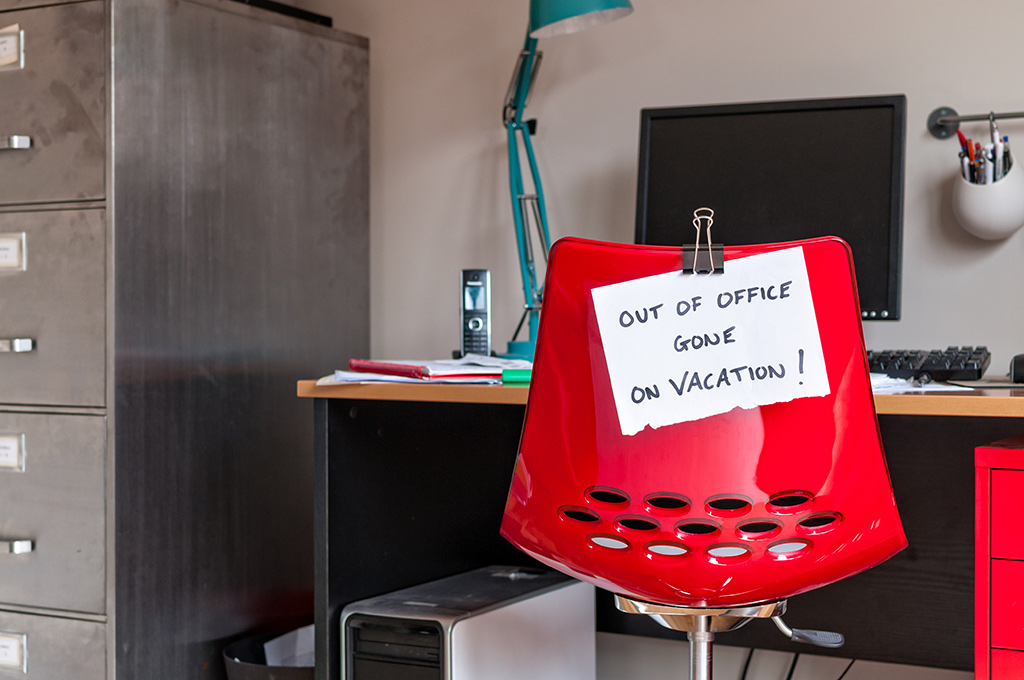
Essential Guide to Boiling Spaghetti: Get Perfectly Cooked Pasta in 2025!
Boiling spaghetti is a fundamental kitchen skill every aspiring chef or home cook should master. Whether you're preparing a classic dish for your family or experimenting with gourmet variations, understanding the nuances of spaghetti cooking can elevate your pasta's flavor and texture. This article dives into the mechanics of boiling spaghetti, detailing everything from the ideal cooking times to tips for achieving that perfect al dente texture. By the end, you'll be equipped with expert knowledge and insights to make perfect spaghetti consistently.
Beyond the basic boiling procedure, this guide will explore optimal water conditions, timing techniques, and common mistakes to avoid. Additionally, we'll provide advice on pairing sauces and incorporating various ingredients to enhance your spaghetti experience. Whether you’re serving simple meals or elaborate feasts, this comprehensive guide will transform your approach to cooking spaghetti.
Let’s delve into the ultimate spaghetti cooking journey!
Understanding the Basics of Boiling Spaghetti
Before diving into specific cooking times and methods, it's essential to grasp the fundamental aspects of boiling spaghetti. The process begins with choosing the right pasta type and understanding the importance of water temperature and quantity.
Equipment Needed for Boiling Spaghetti
Your spaghetti preparation starts with the right kitchen tools. A large stockpot is vital for boiling pasta as it allows adequate space for noodles to move freely, preventing sticking. It's recommended to use a pot big enough to hold 4-6 quarts of water for every pound of spaghetti.
In addition, a colander is necessary for draining the spaghetti once it's cooked. Using a timer will help track cooking durations precisely, ensuring you avoid the common mistake of overcooking or undercooking your spaghetti.
Water Temperature and Quantity
Starting with cold, clean water is crucial. The ideal water temperature for boiling spaghetti is approximately 212°F (100°C). You'll need around 4-6 quarts of water for every pound of pasta to ensure efficient cooking. Adding salt to the boiling water not only enhances flavor but also elevates the water's boiling point, improving the cooking process.
Ensure your water is rapidly boiling before adding the spaghetti to maintain consistent cooking times and texture. This is a vital step in ensuring that the pasta cooks evenly.
Boiling Time Guidelines
Timing is everything when it comes to boiling spaghetti. The general rule of thumb for spaghetti cooking durations is around 8 to 12 minutes. However, the specific boiling time can vary based on the spaghetti type, thickness, and desired doneness. Always refer to the packaging instruction as a starting guide but be attentive during cooking.
For perfect spaghetti cooking, aim for an al dente texture, which means the pasta will firm yet cooked through. A great way to test if your spaghetti is done is to taste a strand about one minute before the suggested cooking time. Remember that the spaghetti will continue to cook slightly even after you remove it from the heat.
How to Boil Spaghetti Effectively
In this section, we’ll cover the step-by-step instructions for boiling spaghetti like a pro. Knowing how to time your spaghetti can dramatically improve your meal preparation skills.
Step-by-Step Boiling Instructions
1. Choose the right pot and fill it with water, enough to cover the spaghetti completely. Aim for high-quality pasta made from durum wheat for the best results.
2. Bring the water to a rolling boil, then add salt—approximately 1-2 tablespoons per gallon of water. This step enhances the pasta’s flavor.
3. Add the spaghetti; make sure the water returns to boiling quickly to maintain a consistent temperature. Stir immediately to avoid sticking.
4. Reduce the heat slightly to maintain a gentle boil. This consistent boiling helps cook the pasta evenly.
5. Set your timer according to the suggested cooking duration on the package. Depending on your taste, check for doneness about one minute before the timer goes off.
6. When cooked to your liking, utilize a colander to drain the spaghetti. Avoid rinsing with cold water unless you’re preparing a cold pasta dish.
Common Mistakes to Avoid While Boiling Spaghetti
When boiling spaghetti, it’s easy to make some rookie mistakes that can ruin your dish. One frequent error is adding pasta to water that isn't boiling, leading to mushy spaghetti.
Another mistake is neglecting to stir the noodles, resulting in clumping. Additionally, timing is crucial—overcooking can lead to a gummy texture, while undercooking yields a crunchy and unpalatable result. Always make sure to check your pasta a minute before the timer expires.
Perfecting Your Spaghetti Cooking Techniques
With fundamentals in place, let’s explore advanced techniques to enhance your spaghetti’s flavor and presentation. Understanding these techniques can elevate your meal from mundane to gourmet.
Enhancing Flavor Through Cooking
One way to boost your spaghetti's flavor is by infusing the boiling water with additional ingredients like garlic or herbs. Adding a splash of olive oil to the pot can help prevent stickiness and enhance flavor further.
Consider whether you want to combine the spaghetti with sauces while still warm. This helps the noodles absorb more flavors and creates a seamless blend of taste in your meal. Learning how to develop a homemade sauce adds another level of culinary excellence.
Pairing Sauces and Ingredients
Choosing the right sauce is vital for a successful spaghetti dish. Traditional marinara, Bolognese, or even homemade pesto can transform your pasta meal. For a lighter option, consider sautéed vegetables or a simple garlic and olive oil dressing.
Incorporate protein like meatballs or grilled chicken to create a more substantial meal. Vegetarian options are also plentiful, including roasted vegetables or lentils for added texture and nutrition.
Creative Spaghetti Serving Suggestions
Presentation is key in culinary experiences. Toss your spaghetti with fresh herbs or a sprinkle of cheese just before serving. For added elegance, use a fork or tongs to twirl servings onto plates, creating a visually appealing centerpiece.
Your ideal spaghetti dish can also feature vibrant colors through the inclusion of seasonal vegetables, making it not only delicious but also visually enticing.
Practical Tips for Cooking Spaghetti
Before wrapping up our boiling spaghetti journey, let’s delve into some practical tips that can significantly ease your cooking process.
Using a Timer for Precision
Engaging a timer is one of the best practices for cooking pasta perfectly. Whether you’re using a simple kitchen timer or a smartphone app, maintaining optimal timing helps ensure that you’ll get the desired texture. Adjust your timer if you're boiling larger portions or a different pasta shape.
Storing Leftover Spaghetti
If you find yourself with leftover spaghetti, it’s vital to store it correctly to maintain quality. Allow it to cool, then transfer it to an airtight container in the refrigerator. Typically, it keeps well for 3-5 days. For longer storage, consider freezing in meal-sized portions. Just remember to reheat slowly to prevent mushiness.
Exploring Different Spaghetti Variations
Don't hesitate to explore various spaghetti types beyond the traditional. Whole wheat, gluten-free, and flavored pasta options are widely available. Each brings a unique flavor profile and texture. Tailoring your choice to dietary preferences can open new culinary avenues while maintaining the heart of spaghetti cooking.

How to Serve Spaghetti Elegantly
Finally, it's time to discuss how you can present your spaghetti dishes elegantly for any gathering or special occasion.
Creating an Inviting Table Setting
An appealing presentation starts with your table setting. Use colorful plates and garnishes like fresh basil or parsley to enhance visual appeal. Pair your spaghetti dish with complementary side dishes and perhaps a light salad.
Choosing the Right Accompaniments
Accompaniments such as breadsticks or garlic bread not only balance your meal but add to the dining experience. For beverages, consider pairing with a light wine if appropriate. Ensure dessert selections are light yet satisfying to conclude the meal on a pleasant note.
Incorporating Cultural Elements
Integrate cultural nuances by presenting your spaghetti meal in an Italian style, considering themed décor or even playing Italian music in the background to set the mood. This approach enriches the dining experience and makes your spaghetti night memorable.

Q&A: Cooking Spaghetti Simplified
Here are some common questions related to boiling spaghetti, providing insights and expert advice.
How can I tell when my spaghetti is done?
The simplest method is to taste it a minute before the suggested cooking time on the package. You want it to be tender but firm to the bite, known as al dente. If you prefer softer pasta, you can cook it for an additional minute or two.
Can I add oil to boiling water?
While some cooks believe that adding oil prevents sticking, it can also coat the pasta, making it difficult for sauces to adhere. Instead, ensure your pasta is stirred and cooked in ample salted water to avoid stickiness.
What is the ideal water-to-pasta ratio?
The general guideline is to use 4-6 quarts of water per pound of spaghetti. This large quantity allows the pasta to cook evenly without clumping together.
How should I store leftover spaghetti?
To store leftover spaghetti, cool it down and place it in an airtight container. It can last 3-5 days in the refrigerator. If you plan to keep it longer, freeze it in portion-sized containers.
Can I use whole wheat spaghetti instead?
Absolutely! Whole wheat spaghetti offers additional nutrients and a nutty flavor. Cooking times may vary slightly, so refer to packaging instructions for best results.
It's part of generated content. Can i generate another part?